The Number One problem dog owners seek my professional advice for, is what to do about their dog’s aggression towards other dogs. So, because of the high demand, and because I can’t physically get to everyone who wants help with this, I’ve put together this foundational online course.
My main aim with this course is to help you help your anti-social dog learn lifetime skills in a proactive (non-aggressive) manner.
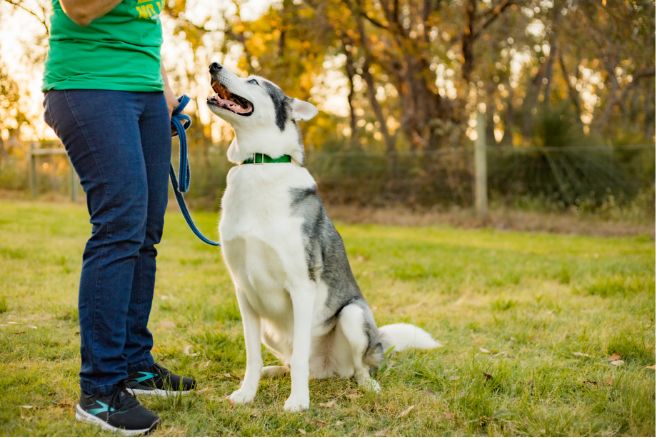
This information enables you to get into your ‘reactive’ dog’s head and understand it on a different level. This helps you break through the language barrier, and is the next best thing to reading your dog’s mind.
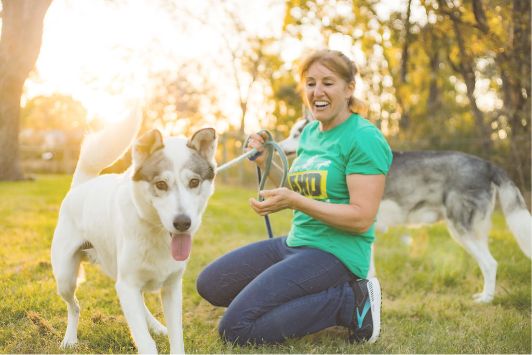
It’s a simple, uncomplicated process, quick to learn and easy to implement. The instructions make helping your dog a lot more enjoyable and all the theory part is done at your own pace in the comfort of your own home.

The strategies give you an insight into dog behaviour as you learn how to read your dog’s body language just like the experts do. In fact, after completing this course you’ll be a savvier dog owner and be a more skilful ‘action taker’.

This information enables you to get into your ‘reactive’ dog’s head and understand it on a different level. This helps you break through the language barrier, and is the next best thing to reading your dog’s mind.
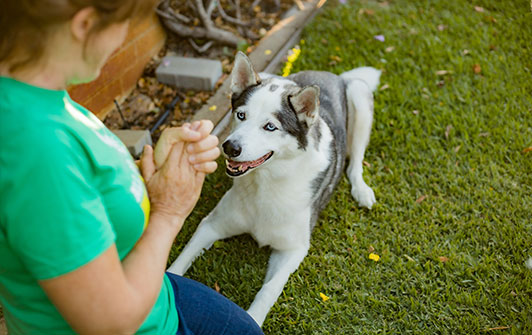
You will learn the early ‘subtle’ signs that tell when your dog is about to ‘lose it’. And I’m not talking about the obvious signs like growling, barking and snapping. You’ll also see how to immediately recognise the signs that represent when your dog is stressed or anxious. You’ll become so good at recognising even the subtle signs, that before a growl occurs, you’ll be able to reduce (and potentially eliminate) your dog’s bad behaviour and curb their aggression.

Just like us, dogs need to feel secure to be truly happy. This means they need to feel confident you will be the leader and that they can count on you to take control of matters. This is especially true for reactive dogs. You can feel content in knowing that the methods described in this Behaviour Modification Program are free of harm. Rather than inhibiting your dog’s learning through fear-based methods and scare tactics, you learn to apply ethical, dog friendly, training principles that work at changing your dog’s emotional response when in view of other dogs.
“I live and breathe these strategies every day with dog owners who feel frustrated and confused with the array of techniques available to them, embarrassed by their dog’s behaviour, judged by other dog owners, and ultimately at their wits end with what to do. With dog aggression being the biggest dilemma, my focus continues to be on educating dog owners on living life on a more relaxed level, and offering them guidance and lifting their spirits.”
– Kathy Kopellis McLeod
You’ll feel better about taking your dog safely out in public, and won’t have to walk late at night to avoid other dogs, or even worse not walking your dog at all.
1. Do you avoid seeing other dogs, and change direction if you see one coming toward you?
2. Do you choose to walk late at night, or not as often as you should, or worse not at all, so you don’t have to deal with your dog’s bad behaviour?
3. Does your dog’s lunging and carry-on leave you feeling embarrassed, and do other dog owners give you funny and dirty looks?
4. Do you feel overwhelmed with your dog’s unruly behaviour when other dogs are present, and feel that it’s having a major impact in your relationship with your dog?
5. Do you feel guilty that you don’t exercise your dog enough and that it spends most of its days in the back yard?
Well, now, you no longer have to put up with your dog’s bad manners. There are ways to help you enjoy walking your dog and helping your dog cope better when it sees other dogs.
In this 6 Module Course you’ll learn to read your dog’s subtle communication signs so you’ll stay a step ahead, sometimes even two steps ahead! By accurately interpreting your dog’s behaviour you will be able to intervene much earlier should your dog be thinking of reacting.
With these skills you’ll have more enjoyable outings and will look forward to safely getting your dog out in public rather than avoiding walking your dog.
Reasons why your dog has become reactive or aggressive and what you can do about it.
How to determine the difference between reactive and aggressive dogs.
Methods to handle reactive or aggressive dogs.
How to read your dog’s mood.
Reasons your dog is reacting to particular types of dogs.
How to use a head halter.
What types of leads to use.
How to have maximum control over your dog with your lead.
What impact it has on your dog’s behaviour if they sense you are nervous.
How you being in control helps reduce your dog’s stress.
How to make your dog settle down in public.
How to move your body to influence your dog in a positive way.
How to have the correct body posture.
Positive behaviour modification techniques.
What you can do if an off-lead dog runs up to your dog.
How to use food to help train your dog.
What types of food to use to train your dog.
How much food to use.
What other methods, apart from food, you can use for training.
Why your dog isn’t responding to your commands when it normally is very obedient.
How to react when your dog loses control.
Why your dog growls at other dogs and what to do about it.
How to use distance to train your dog.
When to let your dog look at another dog.
Methods to approach other dogs.
Tips to help interactions with other dogs be safe and pleasant.
What to do if either dog lunges or growls.
Why some dogs are better off-lead than on the lead.
How to communicate with your dog.
Other things that can trigger your dog to react towards another dog.
Much more.
Each of the Modules of the course consists of a printable Handout and a number of short videos (over 40 in all).
1. Do you avoid seeing other dogs, and change direction if you see one coming toward you?
2. Do you choose to walk late at night, or not as often as you should, or worse not at all, so you don’t have to deal with your dog’s bad behaviour?
3. Does your dog’s lunging and carry-on leave you feeling embarrassed, and do other dog owners give you funny and dirty looks?
4. Do you feel overwhelmed with your dog’s unruly behaviour when other dogs are present, and feel that it’s having a major impact in your relationship with your dog?
5. Do you feel guilty that you don’t exercise your dog enough and that it spends most of its days in the back yard?
Well, now, you no longer have to put up with your dog’s bad manners. There are ways to help you enjoy walking your dog and helping your dog cope better when it sees other dogs.
In this 6 Module Course you’ll learn to read your dog’s subtle communication signs so you’ll stay a step ahead, sometimes even two steps ahead! By accurately interpreting your dog’s behaviour you will be able to intervene much earlier should your dog be thinking of reacting.
With these skills you’ll have more enjoyable outings and will look forward to safely getting your dog out in public rather than avoiding walking your dog.
Reasons why your dog has become reactive or aggressive and what you can do about it.
How to determine the difference between reactive and aggressive dogs.
Methods to handle reactive or aggressive dogs.
How to read your dog’s mood.
Reasons your dog is reacting to particular types of dogs.
How to use a head halter.
What types of leads to use.
How to have maximum control over your dog with your lead.
What impact it has on your dog’s behaviour if they sense you are nervous.
How you being in control helps reduce your dog’s stress.
How to make your dog settle down in public.
How to move your body to influence your dog in a positive way.
How to have the correct body posture.
Positive behaviour modification techniques.
What you can do if an off-lead dog runs up to your dog.
How to use food to help train your dog.
What types of food to use to train your dog.
How much food to use.
What other methods, apart from food, you can use for training.
Why your dog isn’t responding to your commands when it normally is very obedient.
How to react when your dog loses control.
Why your dog growls at other dogs and what to do about it.
How to use distance to train your dog.
When to let your dog look at another dog.
Methods to approach other dogs.
Tips to help interactions with other dogs be safe and pleasant.
What to do if either dog lunges or growls.
Why some dogs are better off-lead than on the lead.
How to communicate with your dog.
Other things that can trigger your dog to react towards another dog.
Much more.
Each of the Modules of the course consists of a printable Handout and a number of short videos (over 40 in all).
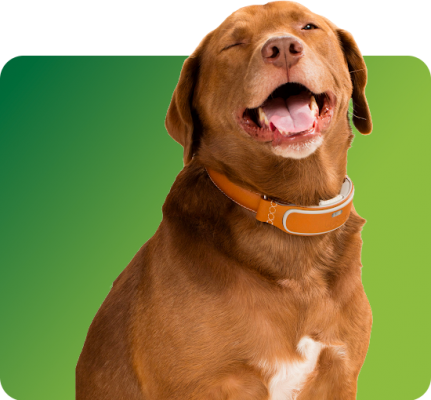
You get all my years of experience and knowledge compressed into an easy to learn format which you can work through at your own pace and in the comfort of your own home! PLUS you get a 20 minute personal conversation with me over the phone.
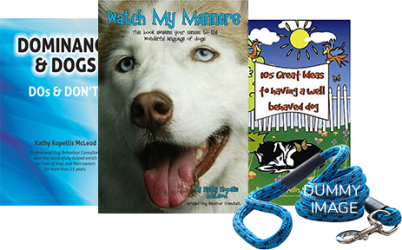
With over 25 years of dog behaviour experience, Kathy is highly regarded by the media and is often sought out for her opinion of various dog behaviour issues. She has been invited as a returning guest on Channel 9 news. Her books, CD and her most popular online Reactive Rover course are sought out by dog lovers not only across Australia but around the world.
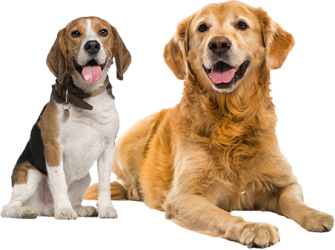
A first for Perth, Kathy began running Reactive Rover® classes, an important initiative specifically designed for dog-reactive and/or aggressive dogs. She has also run a number of sold-out seminars on dog reactivity. In addition, Kathy has delivered workshops across the State for dog clubs, veterinary clinics, rangers and the general public, and has held intensive programs specifically for dogs that are antisocial with other dogs.
© Copyright Kathy’s Dog
Training & Behaviour Consulting.
Privacy Policy
Website by Online Creative Dudes